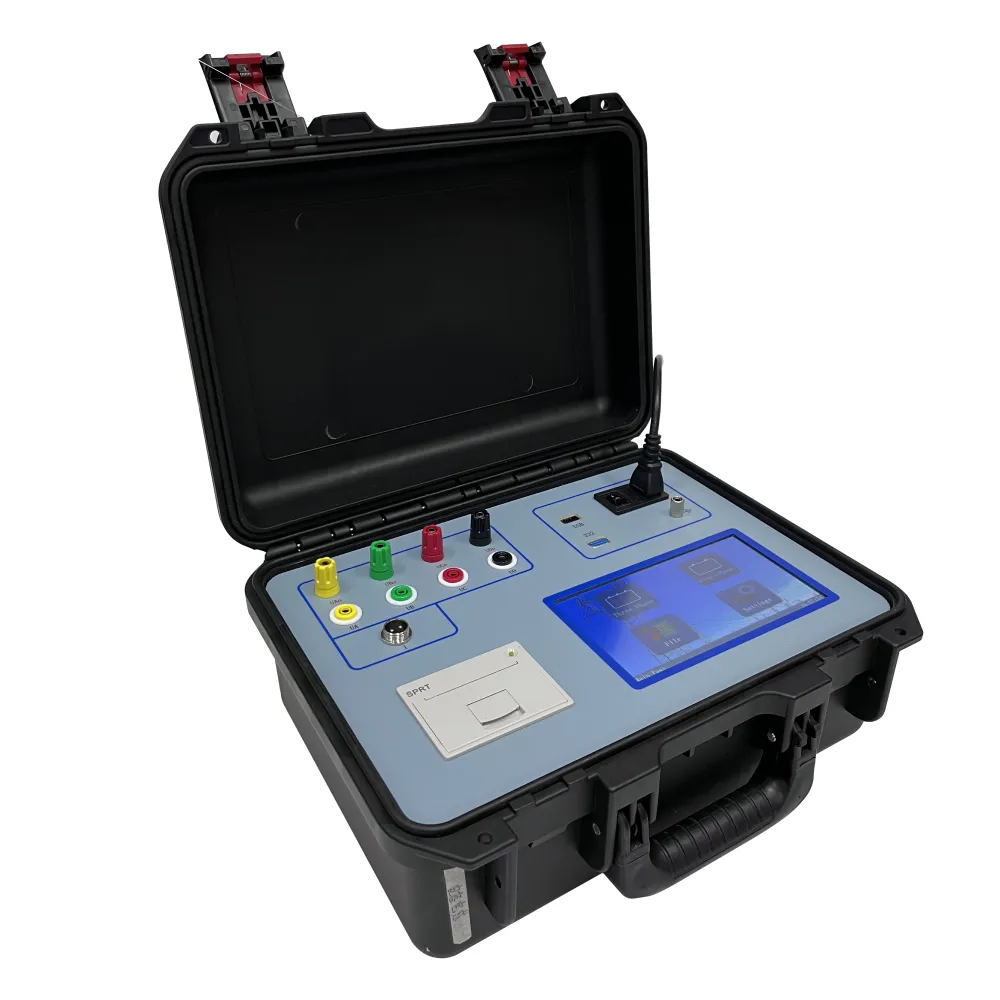 English
English



-
 Afrikaans
Afrikaans -
 Albanian
Albanian -
 Amharic
Amharic -
 Arabic
Arabic -
 Armenian
Armenian -
 Azerbaijani
Azerbaijani -
 Basque
Basque -
 Belarusian
Belarusian -
 Bengali
Bengali -
 Bosnian
Bosnian -
 Bulgarian
Bulgarian -
 Catalan
Catalan -
 Cebuano
Cebuano -
 China
China -
 China (Taiwan)
China (Taiwan) -
 Corsican
Corsican -
 Croatian
Croatian -
 Czech
Czech -
 Danish
Danish -
 Dutch
Dutch -
 English
English -
 Esperanto
Esperanto -
 Estonian
Estonian -
 Finnish
Finnish -
 French
French -
 Frisian
Frisian -
 Galician
Galician -
 Georgian
Georgian -
 German
German -
 Greek
Greek -
 Gujarati
Gujarati -
 Haitian Creole
Haitian Creole -
 hausa
hausa -
 hawaiian
hawaiian -
 Hebrew
Hebrew -
 Hindi
Hindi -
 Miao
Miao -
 Hungarian
Hungarian -
 Icelandic
Icelandic -
 igbo
igbo -
 Indonesian
Indonesian -
 irish
irish -
 Italian
Italian -
 Japanese
Japanese -
 Javanese
Javanese -
 Kannada
Kannada -
 kazakh
kazakh -
 Khmer
Khmer -
 Rwandese
Rwandese -
 Korean
Korean -
 Kurdish
Kurdish -
 Kyrgyz
Kyrgyz -
 Lao
Lao -
 Latin
Latin -
 Latvian
Latvian -
 Lithuanian
Lithuanian -
 Luxembourgish
Luxembourgish -
 Macedonian
Macedonian -
 Malgashi
Malgashi -
 Malay
Malay -
 Malayalam
Malayalam -
 Maltese
Maltese -
 Maori
Maori -
 Marathi
Marathi -
 Mongolian
Mongolian -
 Myanmar
Myanmar -
 Nepali
Nepali -
 Norwegian
Norwegian -
 Norwegian
Norwegian -
 Occitan
Occitan -
 Pashto
Pashto -
 Persian
Persian -
 Polish
Polish -
 Portuguese
Portuguese -
 Punjabi
Punjabi -
 Romanian
Romanian -
 Russian
Russian -
 Samoan
Samoan -
 Scottish Gaelic
Scottish Gaelic -
 Serbian
Serbian -
 Sesotho
Sesotho -
 Shona
Shona -
 Sindhi
Sindhi -
 Sinhala
Sinhala -
 Slovak
Slovak -
 Slovenian
Slovenian -
 Somali
Somali -
 Spanish
Spanish -
 Sundanese
Sundanese -
 Swahili
Swahili -
 Swedish
Swedish -
 Tagalog
Tagalog -
 Tajik
Tajik -
 Tamil
Tamil -
 Tatar
Tatar -
 Telugu
Telugu -
 Thai
Thai -
 Turkish
Turkish -
 Turkmen
Turkmen -
 Ukrainian
Ukrainian -
 Urdu
Urdu -
 Uighur
Uighur -
 Uzbek
Uzbek -
 Vietnamese
Vietnamese -
 Welsh
Welsh -
 Bantu
Bantu -
 Yiddish
Yiddish -
 Yoruba
Yoruba -
 Zulu
Zulu
generator starting current
Understanding Generator Starting Current What You Need to Know
When it comes to starting electric generators, one of the most crucial factors to consider is the starting current, also known as inrush current. This is the initial surge of current that flows into the generator when it is first turned on. Understanding this phenomenon is essential for both optimal performance and safety during operation.
What is Starting Current?
Starting current is the electrical current required to begin the operation of a motor or generator. This current is typically much higher than the normal operating current. For example, a generator may require five to seven times its nominal load current at startup. This high initial demand occurs because the generator's rotor must overcome static inertia and friction, and the winding's magnetic field needs to be established before normal operation begins.
Importance of Managing Starting Current
If not managed properly, the starting current can cause significant issues. High inrush current can lead to damage in electrical components, triggering circuit breakers, and even causing power quality problems across the electrical network. Therefore, understanding and managing starting current is vital for the longevity of the equipment and the stability of the electrical system. Here are a few reasons why
1. Equipment Protection Excessive starting current can damage the insulation of windings, bearings, and other critical components of a generator. This can lead to costly repairs and downtime.
2. Power Quality Sudden spikes in current draw can affect the stability of the power supply grid, leading to voltage dips or harmonics that can disrupt other connected equipment.
3. Circuit Protection High starting currents can cause fuses and circuit breakers to trip, leading to unplanned shutdowns. Proper management of starting current can help avoid these situations.
generator starting current

Ways to Manage Starting Current
To mitigate the effects of starting current, several strategies can be implemented
- Soft Starters These electronic devices gradually ramp up the voltage supplied to the generator, allowing for a smoother and more controlled increase in current. This reduces the inrush current significantly and helps protect electrical components.
- Variable Frequency Drives (VFDs) For generators used with electric motors, VFDs can provide an adjustable frequency and voltage to initiate a gentle start. This ensures that the motor and generator start up without excessive stress.
- Proper Sizing Ensure that the generator is correctly sized for the application. Oversized generators may experience significant starting currents compared to appropriately sized units.
- Inrush Current Limiters These specialized tools can be installed to limit the amount of inrush current that flows during startup, effectively protecting the electrical system from sudden spikes.
Conclusion
In summary, understanding and managing the starting current of electric generators is essential for optimal performance and reliability. By implementing modern solutions like soft starters, VFDs, and proper sizing, users can effectively minimize the risks associated with high inrush current. This attention to detail not only prolongs the life of the generator but also ensures a stable and efficient electrical supply system. As technology advances, the strategies for managing starting current will continue to evolve, providing users with even more effective options to enhance their operations.
-
Testing Equipment Industry Sees Major Advancements in 2025: Smart & Precision Technologies Lead the WayNewsJun.06,2025
-
Applications of Direct Current Generators in Renewable Energy SystemsNewsJun.05,2025
-
Hipot Tester Calibration and Accuracy GuidelinesNewsJun.05,2025
-
Digital Circuit Breaker Analyzer Features and BenefitsNewsJun.05,2025
-
Benefits of Real-Time Power Quality Monitoring Devices for Industrial EfficiencyNewsJun.05,2025
-
Earth Fault Loop Testing in High-Rise Building Electrical SystemsNewsJun.05,2025



